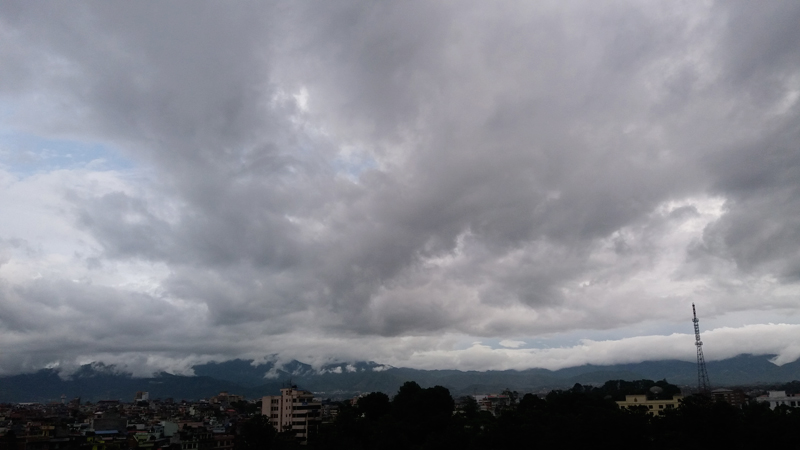International team returns home after monsoon study
- Data collected during the campaign will now be processed and analysed
Kathmandu, August 19
An international team of scientists led by the Germany-based Alfred Wegener Institute, Helmholtz Centre for Polar and Marine Research, has returned home from Nepal after making eight successful flights in the Nepali atmosphere.
The StratoClim aircraft campaign began on July 20 last month in Kathmandu for the first time in Nepal. The campaign was implemented by using a Russian high-flying M-55 Geophysica aircraft.
According to the StratoClim, Geophysica, with a ceiling altitude up to 20km was flown above the Asian Monsoon System studying the composition of the air that is transported by monsoon to the upper troposphere and stratosphere.
“The StratoClim aircraft campaign has now come to an end. We are very excited to announce that all objectives of the campaign have been met during the eight scientific missions. All 25 instruments on board Geophysica have collected impressive amounts of data, which now will be taken to post- processing and analyses back home,” said the StratoClim bulletin.
According to Department of Hydrology and Meteorology, the research team returned home on August 17. “After their successful research in Nepal, team members have returned home and they informed us that they will share the findings of atmospheric research after its processing within a year,” Director General at the Department Rishi Ram Sharma told The Himalayan Times.
He said the team had concluded four weeks of measurement work by organising a meeting with Nepali officials on August 12 this month in Kathmandu.
The Alfred Wegener Institute, Helmholtz Centre for Polar and Marine Research said the air researched within the project is affected by extremely interesting and complex chemical processes taking place inside clouds. So far, no one has ever been able to characterise this air or carry out a scientific research mission above the Asian monsoon.
“The StratoClim project, for the first time ever, investigated these chemical processes that transport and produce aerosols in the UTS. It is hypothesised that these tiny aerosol particles play a major role in the condensation processes resulting in formation of the monsoon clouds and affecting the dynamics of the monsoon,” AWI said.
“Our goal is to better understand these processes and contribute to more reliable assessments of how the monsoon system is affected by anthropogenic emissions and how it will respond to climate change and to changes in these emissions.”
The StratoClim project mentioned further, “For this unique measurement campaign the aircraft was equipped with state-of-the-art instrument suite in order to measure a complete set of trace species and parameters, including H2O, O3, COS, SO2, H2SO4, CO, and CO2 and HCN, long-lived tracers, nitrogen oxides, active halogen species, as well as particle size distribution, optical properties and chemical composition.”
It said international team of scientists had investigated air at altitudes up to 20 km in Nepali atmosphere through single-seat Russian high-flying M-55 Geophysica aircraft. Scientists expect the results will help better understand how the Asian Monsoon System, one of the Earth’s largest and most energetic weather systems, affects global climate and how it may change in future.






